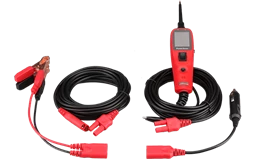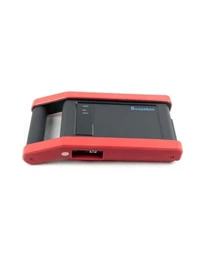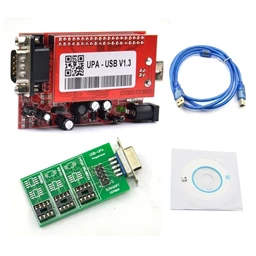Your Reliable Assistant in the Purchase of Used Cars: Paint Measuring Device Buying and selling used cars is a process that requires attention and expertise. As well as the mechanical condition of the vehicle, the condition of the bodywork and paint is of great importance both aesthetically and in terms of providing important clues about the vehicle's history. It is a critical information to understand whether a vehicle has had an accident before, which parts have been painted or changed, to correctly determine its value and to avoid possible surprises in the future. At this point, vehicle paint thickness measuring devices (popularly known as Decking tester, micronmeter or paint meter) come into play. Paint measuring devices are electronic instruments that accurately measure the thickness of the paint layer on the bodywork surface of a vehicle in microns (µm - millionths of a meter). Thanks to these measurements, deviations from the original factory paint values can be detected by comparing the paint thicknesses in different parts of the vehicle. These deviations offer important information about whether there has been a previous repair, local paint, complete paint or putty application in that area. Paint measuring devices, which are an indispensable tool especially for professional vehicle expertise centers, are now frequently used by individual users in order to make a reliable preliminary check when buying second-hand vehicles. In this comprehensive guide, we will discuss in detail what vehicle paint measuring devices are, how they work, how to use them correctly, what the measured micron values mean, how situations such as original paint, local paint, putty treatment and changing parts can be interpreted, and the information we provide as Nitro Bilişim about the selection and use of such practical testing equipment. What is a Car Paint Thickness Meter and How Does It Work? A vehicle paint thickness meter is a device that measures the thickness of a coating (in this case, a paint and varnish layer) on a surface, usually without damaging the surface (non-destructive). Devices used in the automotive industry usually work with two main principles: 1. Magnetic Induction Principle (For Iron/Steel Surfaces - Fe): - This type of devices are used for the application of non-magnetic coatings (paint, plastic, rubber, etc.) on magnetic (ferromagnetic) metal surfaces such as iron or steel.) measures in thickness. The probe (measuring tip) of the device generates a magnetic field when it comes into contact with the surface. The thickness of the paint layer is proportional to the change in the strength of this magnetic field. This principle is widely used, since the bodywork panels of most cars are made of steel. 2. Eddy Current Principle (Eddy Current) (For Non-Ferrous Metal Surfaces - NFe): - This type of device measures the thickness of non-conductive coatings on non-magnetic (non-ferromagnetic) metal surfaces such as aluminum, copper, zinc. The probe of the device generates eddy currents on the surface. The thickness of the paint layer is determined by the change in the properties of these eddy currents. In some modern vehicles (especially luxury or sports models), devices that work with this principle or support both principles (Fe/NFe) are more advantageous, since parts such as the hood, fender are made of aluminum. Most modern and high-quality paint measuring instruments automatically detect the metal type (ferrous or non-ferrous) of the surface and choose the appropriate measuring principle by themselves (automatic Fe/NFe recognition). How is the Paint Measuring Device Used? Step-by-Step Guide Using the paint measuring device correctly and effectively is important to get reliable results. Here are the basic steps: 1. Calibration of the Device (If necessary): – Many devices come with a standard thickness metal plate (zero plate) and calibration films that come in the box contents. Before using the device for the first time or after a long break, calibrating according to the manufacturer's instructions increases the accuracy of measurements. Dec. Some devices may have an automatic calibration feature. 2. Cleaning The Surface: – Make sure that the surface to be measured is clean and dry.Jul. Dust, dirt, mud or water drops may affect the measurement results. 3. Turning On the Device and Selecting the Mode (If Necessary): - Turn on the device. If the device requires manual Fe/NFe selection, select the correct mode according to the material of the panel you are going to measure (usually Fe for steel, NFe for aluminum). Most modern devices make this choice automatically. 4. Placing the Probe Perpendicular to the Surface: - Keep the measuring probe of the device in contact with the fairing surface exactly perpendicular (at an angle of 90 degrees) and stable. Do not drag the probe to the surface or hold it tilted. 5. Taking the Measurement: – When you gently press the probe against the surface, the device usually indicates that it has completed the measurement with a short beep sound or by showing a value on the screen. Note the micron (µm) value read on the screen or save it to the device's memory (if this feature is available). 6. Taking More Than One Measurement from Different Points: – A single measurement can be misleading. Take measurements from at least 3-5 different points on each bodywork panel (hood, ceiling, doors, fenders, trunk lid). It is a good practice to make measurements especially from the corners, middle and edge areas of the panel. - Measuring from internal parts such as poles (A, B, C poles), marshmallows and chassis can also give an idea about more serious accidents. 7. Comparison and Interpretation of Values: - Compare the measurement values you get from different panels of the vehicle with each other and with generally accepted standard values. (We will discuss this topic in detail below.) What Do Micron Values Mean? How is the Paint Thickness Interpreted? Interpreting the measured micron values requires some experience and attention. Here is a general guide (these values may vary depending on the vehicle brand, model, year of manufacture and even color, so they should always be considered as a reference December): • 0 - 80 µm (Very Low): – These values usually indicate that the paint is very thin or almost non-existent. The panel may have been over-sanded, there may be no varnish layer, or the panel may have been previously changed without paint and a very thin coat of paint may have been discarded afterwards. It should be carefully examined. • 80 - 160 µm (Usually the Original Factory Paint December): – Most automakers take their vehicles out of the factory with a paint thickness in this December. If consistent values are read in this December at different points of a panel and are also compatible with other panels of the vehicle, this usually indicates that it is the original paint. However, some brands (for example, some Japanese or Korean brands) may use a thinner (80-120 µm), while others (for example, some German brands) may use a slightly thicker (120-180 µm) factory paint. Therefore, it is important to look for a consistency throughout the vehicle. • 160 - 250 µm (Suspicion of Local Paint or Thick Varnish): - Values in this December indicate that there may be a second coat of paint (local paint, retouching paint) or a thicker layer of varnish in that area. If the values are high only in a certain part of the panel and other parts are in the original range, this suggests a local repair. • 250 - 400 µm (Single Coat of Paint or Light Paste Suspected): – These values usually indicate that the panel has been completely repainted (a single coat of paint) or that there may be a thin coat of putty under it. Correction and painting process may have been performed on the panel after a damage. • 400 - 1000 µm (Putty Process): - High values in this December indicate that putty has definitely been used on the panel and that significant damage has been repaired. As the thickness of the paste increases, the severity of the repair also increases. • 1000 µm and Above (Very Thick Paste or Serious Repair): - Such high values indicate that there is a very thick layer of putty on the panel, and probably a large dent or damage has been corrected. The durability and paint quality of such panels can cause problems over time. Important Interpretation Tips: * Consistency: The most important thing is the consistency of the values on a panel and between the different panels of the vehicle.Dec. For example, if one door reads 120-140 µm all over, while the other door reads 250-300 µm, it is obvious that there is a process at the second door. * Symmetry: Compare the symmetrical panels on the right and left sides of the vehicle (for example, the right front fender and the left front fender). If there are large differences between the values, there may be a traded party.Dec. * Factory Robot Paint etc. Manual Painting: Factory-made paints are usually more homogeneous and within a certain thickness December because they are discarded by robots. In manual dyes, fluctuations and differences in thickness are more common. • How to Understand the Changing Part? - The paint measuring device alone cannot tell for sure whether a part has changed or not. However, if the paint thickness on a panel is very low compared to the rest of the vehicle (for example, a newly installed part with only primer paint) or if it is very smooth and close to factory values, but there are traces of disassembly, installation marks, a different color tone or welding marks on the mounting screws, edges or insides of the panel, this indicates that the part may have changed. The paint measuring device provides evidence to support such suspicions. October December – Additional methods such as eye examination (screw marks, panel spacing, color tone difference, labels) and chassis number check are also usually used to understand the changing part. * Plastic Parts: Since paint measuring devices are usually designed for metal surfaces, they cannot measure the thickness of paint on plastic parts such as bumpers, mirror covers. The condition of these parts should be checked by eye and by hand. What Should Be Considered When Choosing a Paint Measuring Device?
* Fe/NFe Support: Choose a device that can measure both iron/steel and non-ferrous metals such as aluminum (automatic or manual selection). December and Precision of Measurement: Choose a device that can measure a wide range of microns (for example, 0-2000 µm) and has a high sensitivity (for example, ±1-3 µm or ±2-3December). * Ease of Calibration: A model that can be easily and accurately calibrated is important. * Screen Readability: An illuminated screen where the values can be clearly read may be useful. * Ease of Use and Ergonomics: An ergonomic design that can be used comfortably with one hand is important. * Brand and Quality: Products of well-known and reliable brands are usually more accurate and durable. October October may be useful for professional use • Additional Features (Optional): Additional features such as memory, USB connection, statistical analysis may be useful for professional use. Nitro Information and Testing Equipment As Nitro Bilişim, we offer information and consultancy on various testing and diagnostic equipment required by automotive professionals and conscious vehicle buyers. We help our customers with the correct selection, use of practical tools such as paint measuring devices and the correct interpretation of the data obtained. Reliable and high-quality testing equipment increases transparency in used car buying and selling processes and contributes to making the right decisions. An Important Tool For Informed Decisions The vehicle paint thickness meter is a relatively easy-to-use and cost-effective tool that offers valuable information about the history of a used car. Correctly interpreting the measured micron values can help you understand whether the vehicle has been in an accident before, which parts of it have been repaired or changed. This allows both buyers to make more informed decisions and sellers to transparently document the condition of their vehicles. Please note that while the paint meter is an important tool that gives an idea of the overall condition of a vehicle, it is always recommended to perform other tests such as engine, mechanical, electronic and chassis checks for a comprehensive expertise. You can contact Nitro Informatics specialists to get more information about paint measuring devices and other automotive testing equipment or to get advice on choosing the right device.

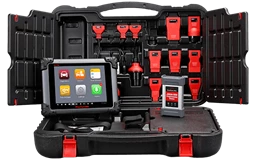
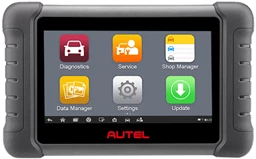
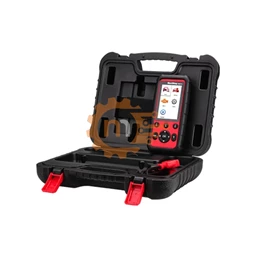
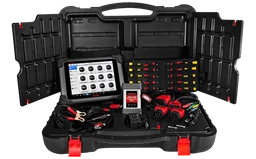
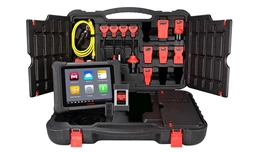

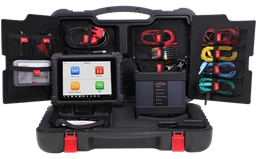

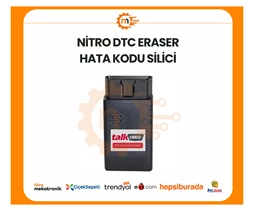
.webp?size=256)

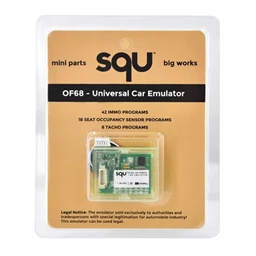


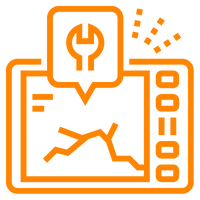
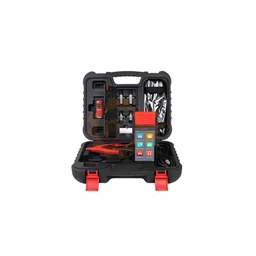
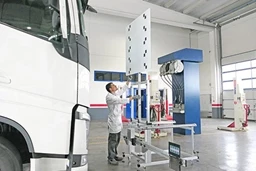
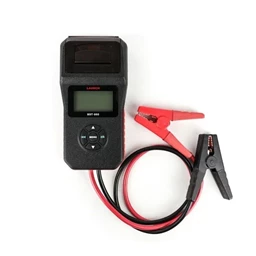
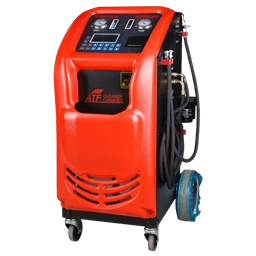
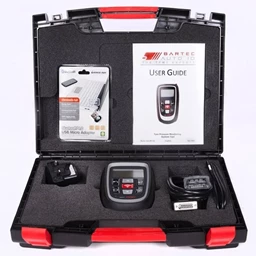
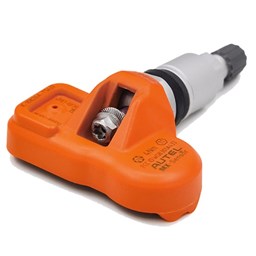

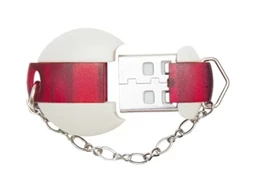


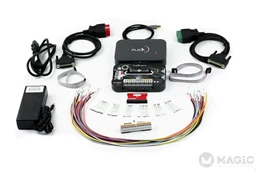

 Cihazı.webp?size=256)

